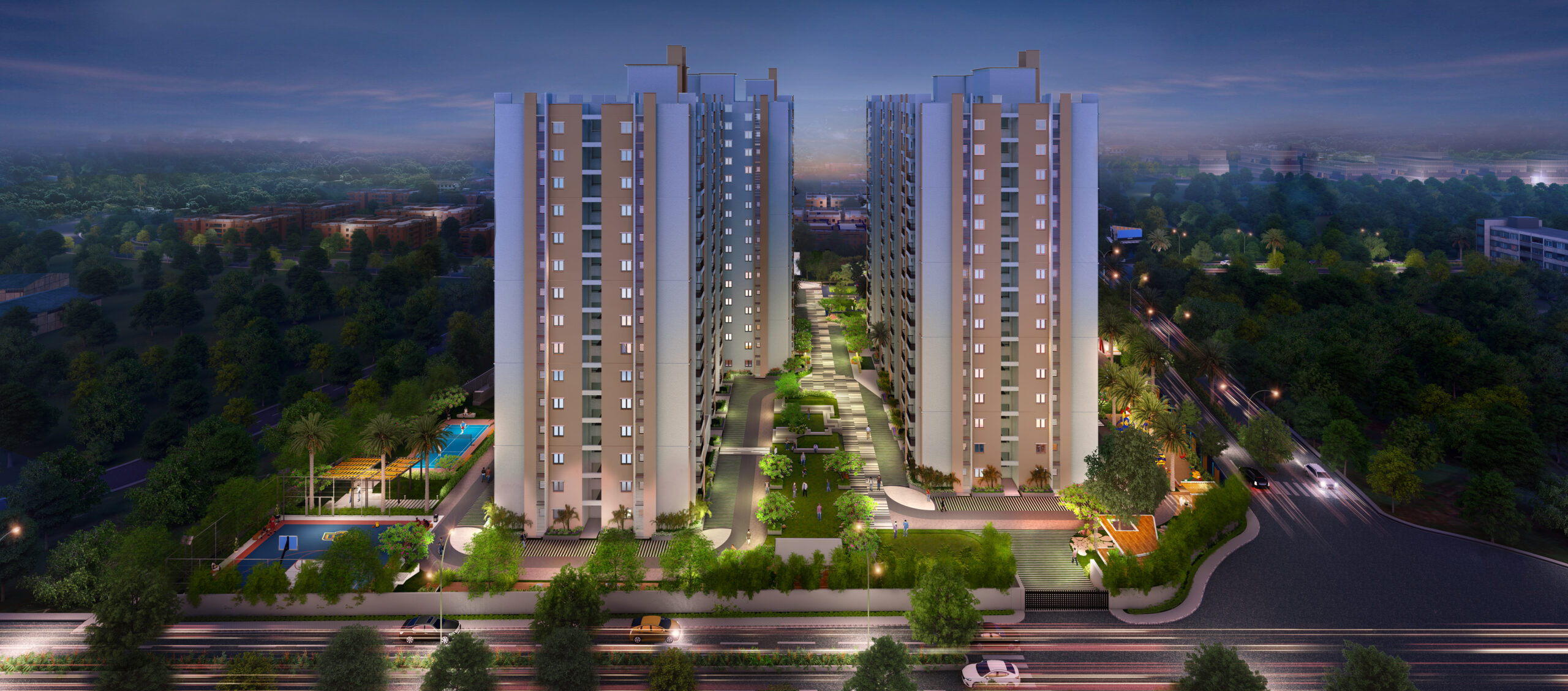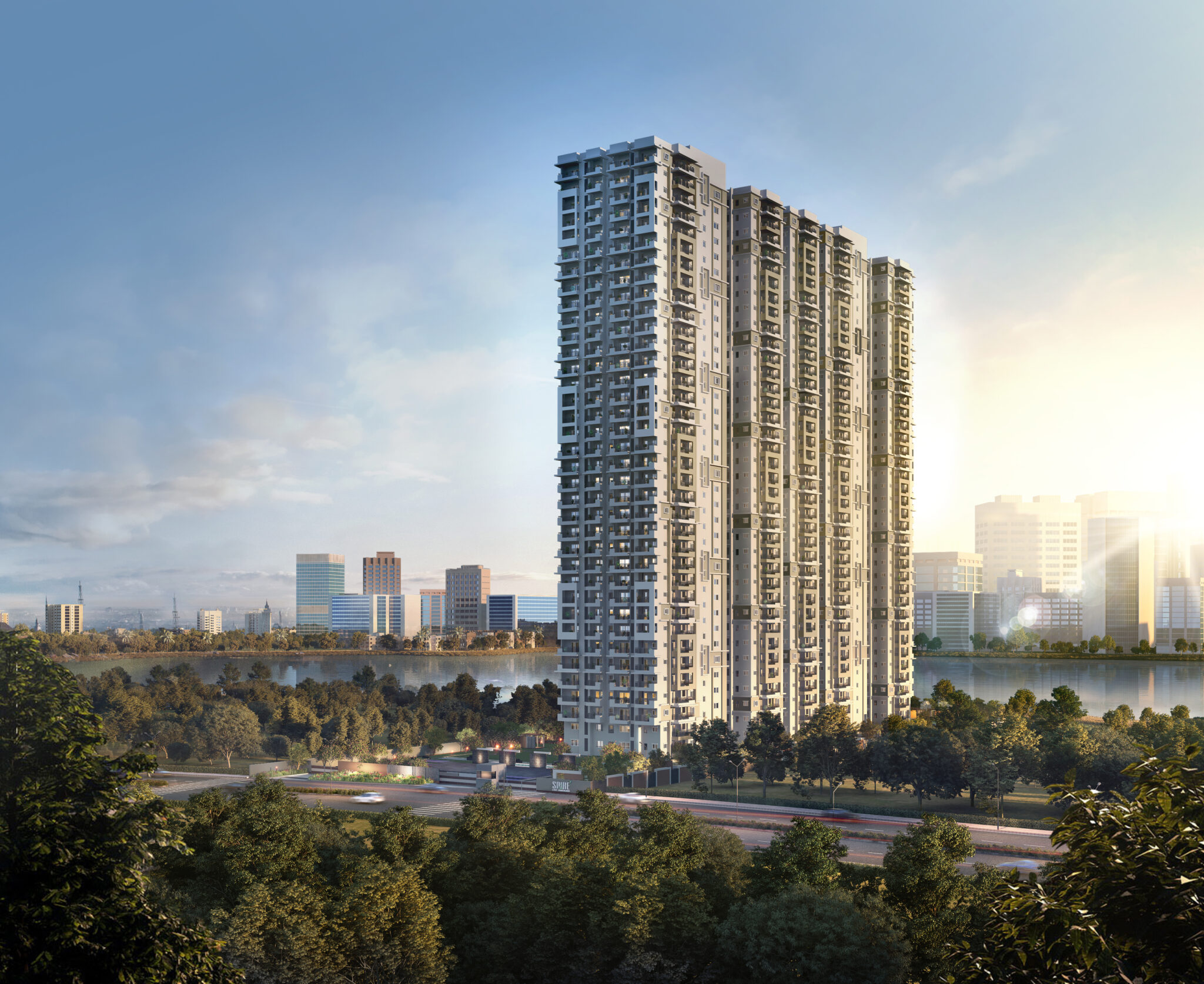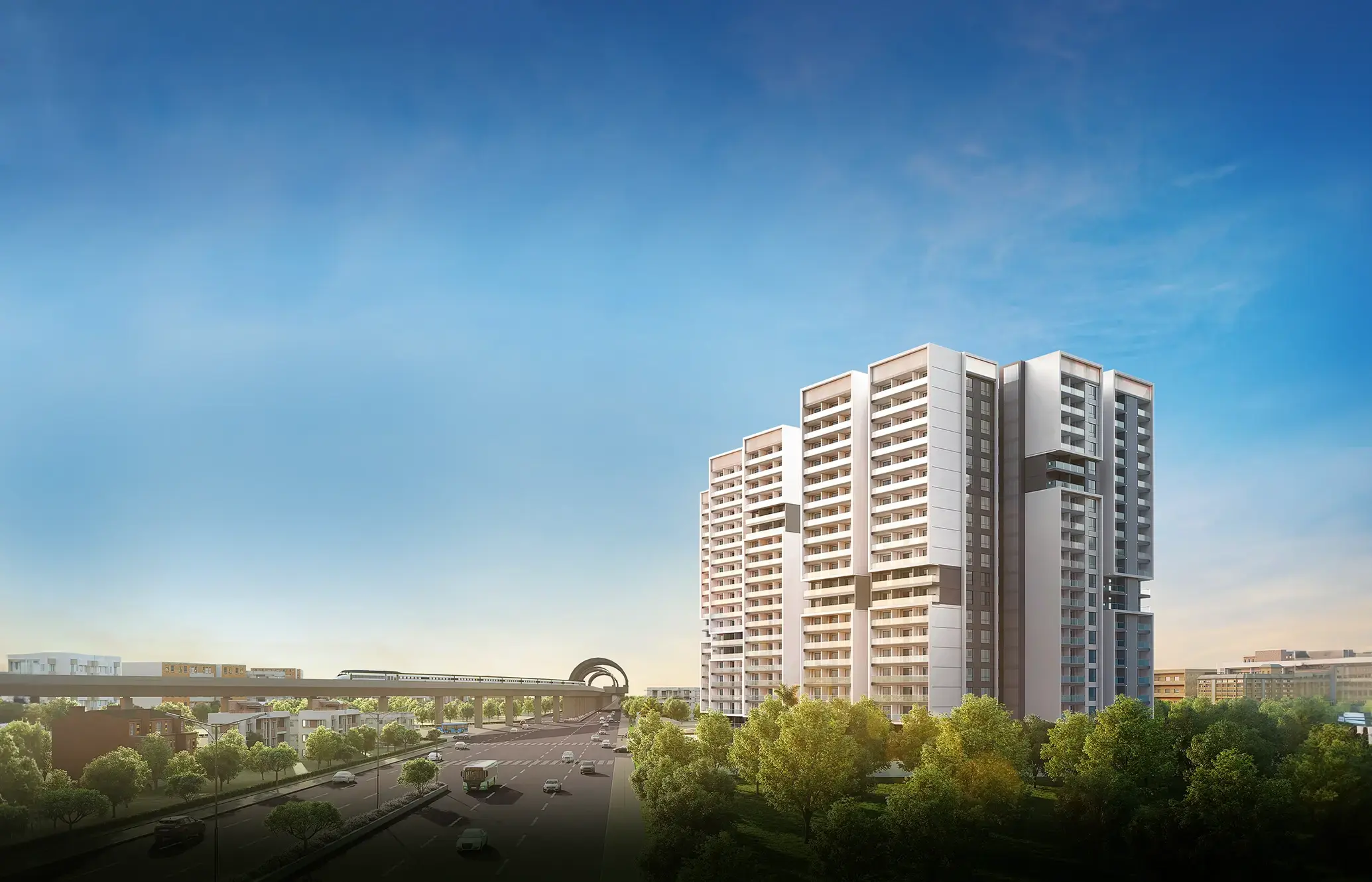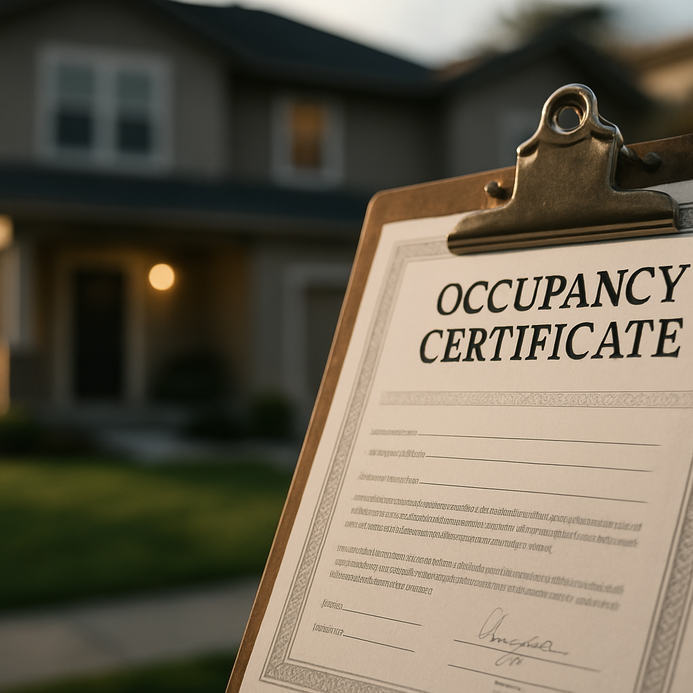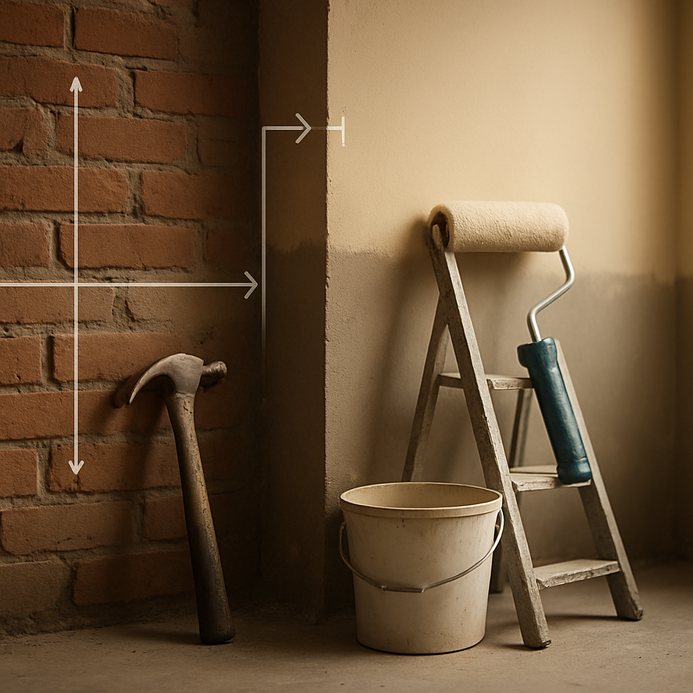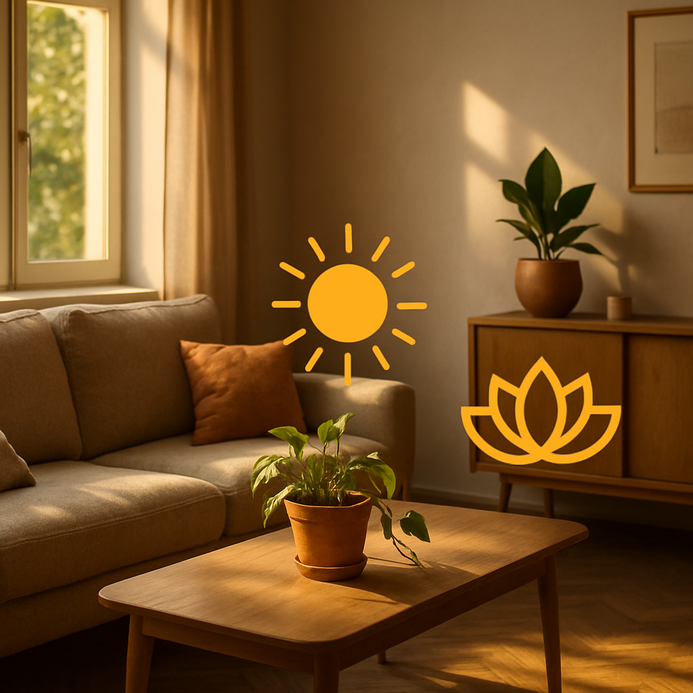Work From Home and Real Estate: The New Homebuyer Checklist
Work From Home: A New Era for Homebuyers
Work From Home are really shaking things up like, not just careers but the housing market too. A recent survey showed that nearly 73% of employees are all about working from home. That means people are fleeing crowded urban areas for more spacious suburbs or even rural spots where it’s quieter and cheaper to live.
This whole shift has sparked a spike in housing demand. The National Association of Realtors notes a 15% uptick in home sales in those suburban areas over the past two years, all thanks to folks working from home. Families are on the hunt for homes with dedicated office spaces. Now they’re also thinking about things like solid internet and community perks.
| Housing Trends Due to Remote Work | Percentage Increase |
|---|---|
| Homes with Office Space | 40% |
| Suburban Sales | 15% |
| Rural Home Sales | 20% |
| Internet Connectivity Importance | 37% |
With many remote jobs not tied to a specific location, homebuyers are checking out properties way outside city limits. Companies are catching on too. Many are rolling out hybrid work styles and even supplying the gear for home offices. The rise of remote work is sparking a reevaluation of work-life balance. Buyers now care more about lifestyle and community than how close they are to the office, hinting at a long-term shift in what people want in their homes.
Want to learn about factors influencing your home-buying journey? Check our article on selecting home loan repayment options here.
Understanding Homebuyer Preferences in Work From Home World
As the remote work era unfolds, it’s clear that homebuyers are prioritising dedicated office spaces like never before. This shift is changing what people want when searching for a new home. A study from the National Association of Realtors reveals that 47% of homebuyers consider having an appropriate workspace essential for making decisions.
Key Features Homebuyers Seek
| Feature | Percentage of Buyers Prioritizing |
|---|---|
| Dedicated Office Space | 47% |
| High-Speed Internet Access | 63% |
| Quiet Neighborhoods | 50% |
| Separate Living Spaces | 40% |
Office spaces that make work feel productive are in high demand. Buyers want spaces with soundproofing, natural light so they don’t feel like they’re in a cave. And a solid internet connection? Critical. About 63% emphasise that. Buyers are also on the lookout for flexible areas that serve double-duty as work and leisure spots, so they can easily shift from work mode to chill mode. Those who offer remote work options see property values climb for homes that cater to this new lifestyle.
Need more on setting up the perfect home office? Head on over to our guide here.
Work From Home: Designing Efficient Home Office Spaces
Getting your workspace at home just right is key, especially with electronic work-from-home jobs on the rise. First off, choose a good spot, somewhere quiet with minimal distractions is ideal. And let’s not forget about natural light, studies show it can boost your mood and productivity by as much as 15%. Following the Bureau of Labor Statistics, a solid workspace is essential. A good chair and desk can make a world of difference. According to OSHA data, getting it right can prevent up to 50% of workplace injuries. Here’s a quick look at must-have home office items:
Oh, and don’t forget to declutter. Having your space organized helps you stay focused. Adding some plants? Great call! They improve air quality. If you didn’t know, NASA found that indoor greenery might remove up to 87% of pollutants in just 24 hours.
Developing for the Future: What Builders Need to Know
The remote work phenomenon is shifting gears for luxury residential developers. Builders now have to meet the rising demand for remote work facilities within homes. Integrating designated spaces for telecommuting is becoming crucial, as buyers increasingly look for comfort and functionality together.
Importance of Designing Work Spaces for Work From Home
Modifying home layouts to incorporate home offices is now essential. With about 30% of the workforce expected to have remote roles post-COVID-19, builders must zoom in on things like soundproofing and solid connectivity. Adding tech support for electronic work-from-home jobs can really enhance the living experience. Think built-in desks, comfy furniture, and lots of electrical outlets, these allow a smooth transition from work to relaxation mode.
| Feature | Benefits |
|---|---|
| Ergonomic furniture | Eases physical strain during long hours |
| Soundproofing | Keeps outside noise at bay |
| Built-in tech integration | Boosts functionality for electronic roles |
A targeted approach is vital; branded communities are becoming increasingly attractive to buyers eyeing remote work. Builders can tap into this by providing high-speed internet and shared co-working spaces creating environments ripe for productivity. Many studies indicate that effective home office setups lead to higher productivity levels and overall job satisfaction amongst professionals.
The Future of Work-Life Balance: Trends to Watch
As the world embraces electronic work-from-home jobs, the quest for work-life balance is taking center stage. This shift is reshaping not just workplaces but also how people envision their living spaces. Check out these trends that seem to be steering the ship:
Dedicated Home Office Spaces for Work From Home
Remote work is making dedicated office spaces a non-negotiable. Homebuyers are actively seeking properties with these setups. They’re all about ergonomics and productivity, opting for spaces that help folks stay focused and minimize distractions.
| Feature | Importance |
|---|---|
| Soundproofing | Cuts distractions |
| Natural Light | Lifts spirits and productivity |
| Ergonomic Furniture | Reduces physical strain during work hours |
Technology Integration
With remote jobs on the rise, smart home tech has never been more important. Buyers want homes loaded with cool tech features i.e high-speed internet, smart lighting, and security systems are now essentials for smooth work experiences.
Statistics show that over 50% of remote workers crave more tech integration at home. This not only helps boost work productivity but also matches growing buyer expectations.
Open Spaces and Flexibility
Flexibility is the name of the game. Open floor plans that blend work and relaxation are gaining traction. This trend allows families to interact easily, making spaces work for multiple purposes. Buyers are now looking for homes that can adapt as effortlessly as they do from chill mode to work-ready.
In conclusion, as electronic work-from-home jobs weave deeper into our lives, home design is bound to keep evolving. It’s clear that the need for a balance between personal life and career is becoming more important.
FAQ
1. How has remote work impacted homebuyer preferences?
Remote work has led to a greater demand for dedicated office spaces, high-speed internet access, and homes located in quieter neighborhoods, as buyers prioritize lifestyle over proximity to their workplaces.
2. What features are essential for a home office?
Essential features for a home office include ergonomic furniture, soundproofing for minimal distractions, high-speed internet, and ample natural light to boost productivity.
3. Are builders adapting to the remote work trend?
Yes, builders are increasingly focusing on creating homes that incorporate dedicated office spaces and high-tech amenities to meet the evolving needs of buyers in the remote work era.
4. What are current trends in work-life balance?
Current trends emphasise the integration of work and relaxation within home designs, prioritizing flexible and open floor plans, as well as technology that enhances remote work capabilities.
